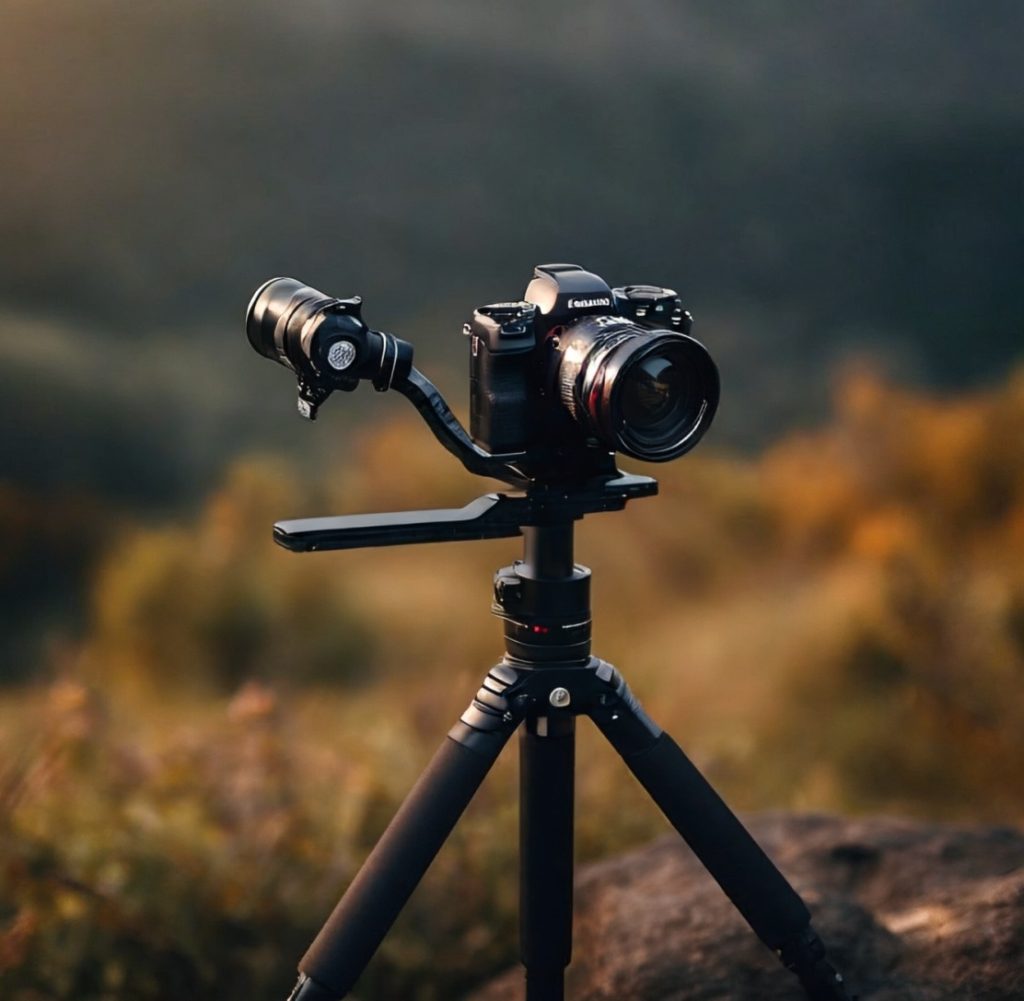YouTube has become a treasure trove of content, offering everything from educational tutorials to captivating entertainment. At times, users may want to save their favorite videos directly to their device’s camera roll for easy access, offline viewing, or personal archival. However, YouTube does not offer a direct way to download videos to the camera roll due to copyright and terms of service reasons. Nevertheless, there are legal ways to download content that you are legally allowed to save. This article will guide you through the steps and tools required to save YouTube videos to your camera roll without violating any terms of service.
Using YouTube Premium for Offline Viewing
Subscribing to YouTube Premium
YouTube Premium is a subscription service that offers an ad-free YouTube experience along with additional features. One of the benefits of YouTube Premium is the ability to download videos for offline viewing directly within the YouTube app. This feature is entirely within YouTube’s terms of service and allows you to watch downloaded videos anytime without an internet connection. To use this feature, subscribe to YouTube Premium, navigate to the video you wish to save, and tap the download button below the video player.
Accessing Downloaded Videos
Once you’ve downloaded a video via YouTube Premium, it’s available for offline viewing in the ‘Library’ tab under ‘Downloads.’ While these videos are not saved to your device’s camera roll due to copyright restrictions, they are readily accessible within the YouTube app. You can manage your downloaded videos, choose the video quality, and even select the option to download over Wi-Fi only to save on data usage.

Third-Party Apps and Services
Understanding the Risks and Legality
There are numerous third-party apps and online services that claim to download YouTube videos directly to your camera roll. However, using these services can pose risks, such as violating YouTube’s terms of service, infringing on copyright laws, or compromising your device’s security. It’s crucial to understand the risks involved and to ensure that you’re legally allowed to download the content, such as videos you’ve created yourself or those with a Creative Commons license that permits downloading.
Choosing Reputable Services
If you’ve determined that you have the right to download a YouTube video, select a reputable service or app to do so. Some services may require you to paste the YouTube video’s URL on their website, while others might be apps that integrate with YouTube for direct downloads. Always use these tools responsibly, respecting the copyright and terms of service of both the service and the content creators. Keep in mind that due to the changing nature of app stores and web services, specific recommendations may become outdated, so it’s essential to do current research on credible options.

Transferring Videos to Camera Roll via a Computer
Using a Computer as an Intermediary
Another method to save YouTube videos to your camera roll is by downloading the videos to your computer first and then transferring them to your mobile device. You can use YouTube’s own interface for legal downloads if you’re the content creator or for videos that are free to download. Alternatively, you can use video conversion websites that comply with YouTube’s terms of service for appropriate content. Once the video is downloaded to your computer, you can transfer it to your mobile device using a USB cable or cloud sharing services like Google Drive or iCloud.
Transferring Files from Computer to Mobile Device
After saving the video on your computer, connect your mobile device with a USB cable, and transfer the file to your device’s photo or video library. For iPhone users, this may require using iTunes or Finder to sync the video to your device’s camera roll. For Android users, you can simply drag and drop the file into the desired location on your device after connecting it to your computer. Make sure to place the video in a folder that your gallery app scans for media files so that it appears in your camera roll.

Best Practices for Saving and Sharing Content
Respecting Copyright and Creators’ Rights
When saving YouTube videos, it’s imperative to respect copyright and the creators’ rights. Always ensure that you’re legally permitted to download and save the content, and never redistribute downloaded videos without proper authorization. Saving videos for personal use from creators that allow downloading or from your own channel is usually acceptable, but always double-check the specific terms and conditions.
Educating Yourself and Others on Ethical Use
Beyond knowing the technical aspects of how to save YouTube videos to your camera roll, it’s important to educate yourself and others on the ethical use of online content. Share knowledge about copyright laws, the importance of supporting content creators, and the appropriate use of downloaded material. Fostering an environment of respect and legality in the digital space benefits everyone involved – from the creators who produce the content to the viewers who enjoy and learn from it.

Adapting to Platform Changes and Future Considerations
Staying Informed About Updates and New Features
The digital landscape is continuously evolving, and so are the platforms we use. YouTube regularly updates its terms of service and features, affecting the ways and types of content you can download. To ensure you remain compliant with these changes, it’s important to stay informed about any new updates or features YouTube releases. Subscribing to tech news feeds, following YouTube’s official blog, or participating in community forums can keep you abreast of the latest information and help you adapt your download practices accordingly.
Anticipating Future Trends and Technologies
As technology advances, new solutions for saving and viewing online content may emerge. Innovative apps, improved subscription services, or changes in copyright laws could further simplify the process of saving YouTube videos to your camera roll or create entirely new ways to engage with online content. Anticipating and embracing these changes can enhance your viewing experience while ensuring you remain on the right side of digital ethics. It’s important to approach each new development with curiosity and caution, always prioritizing the creators’ rights and the legal frameworks that protect their work.

You can save YouTube videos to your camera roll through various methods, each requiring considerations regarding legality, copyright, and security. Whether you opt for the legitimate route with YouTube Premium, use a reputable third-party service, or transfer videos via your computer, it’s essential to do so responsibly. Remember to respect the rights of content creators and always stay within the bounds of YouTube’s terms of service. By prioritizing ethical practices and staying informed, you can enjoy your favorite YouTube videos offline while maintaining integrity and supporting the creators who make those videos possible.